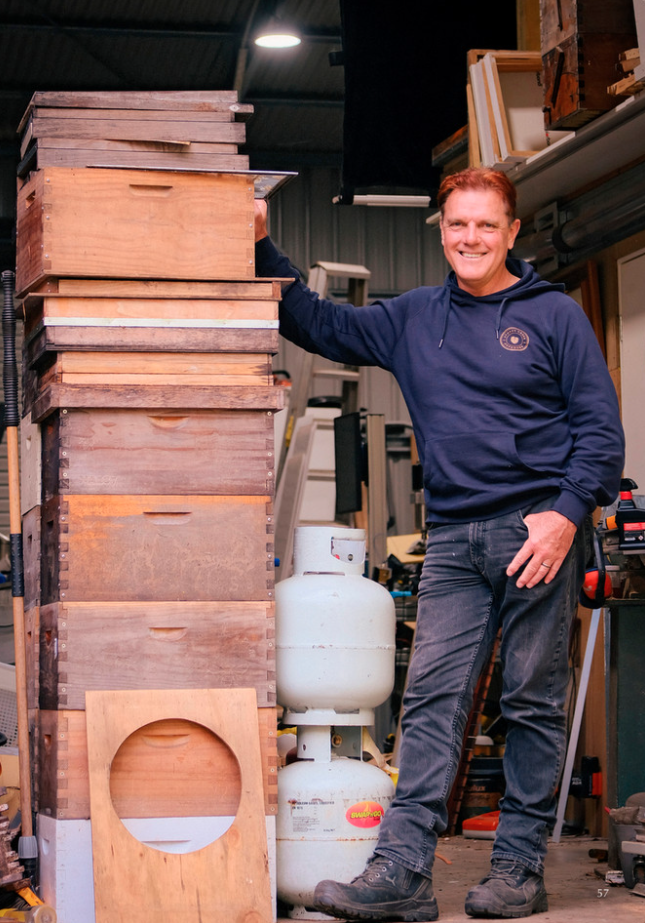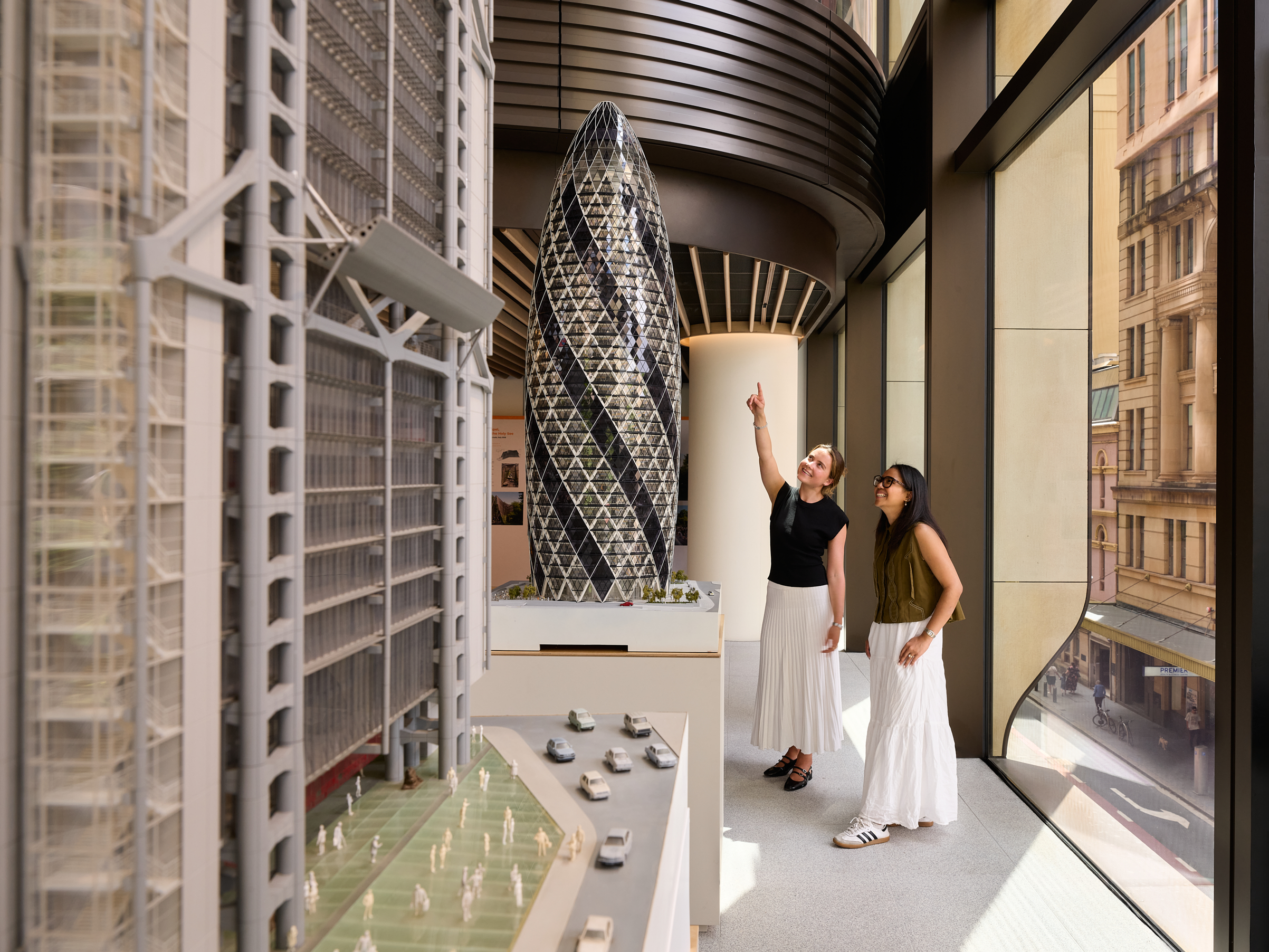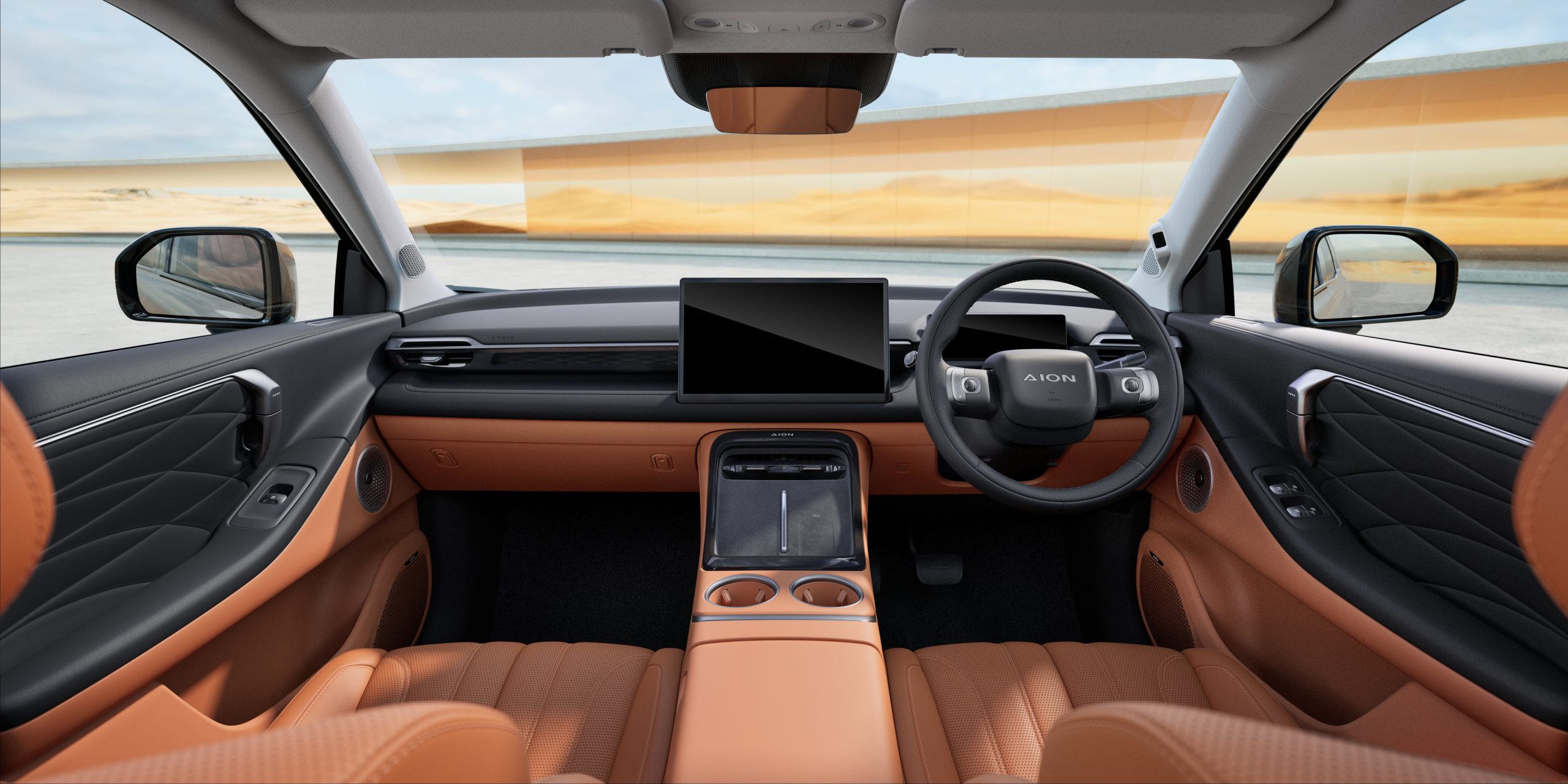Why city CEOS crave life on the farm — and how they’re making it work
Instead of buying second homes on the coast, urban professionals are taking on the charms and challenges of hobby farms
From the Spring issue of Kanebridge Quarterly magazine, on sale now. Order your copy here.
During the week, CEO Nick Keenan is a corporate king, working long hours and juggling the parenting of their three children with his wife Jodie from their East Malvern home in Melbourne. But on the weekend, he swaps tailored suits for jeans and work boots and heads 3.5 hours to his farm in the Victorian Alps. A desire to replicate his childhood growing up on a cattle and wheat farm in central NSW and give his kids—Jackson, 16, Jodi, 14, and Jessie, 11—a taste of great outdoors fuelled the purchase of a block of land near the country alpine town of Myrtleford in 2016. Today, their “hobby farm” features three-bedroom completely off-grid homestead, horses and truffle-producing oak trees. The Keenans have done the bulk of the work themselves in their spare time and during the COVID-19 lockdowns, when their new project also became a sanctuary.
“I wear a suit during the week and I’m a farmer on the weekends,” the CEO of media agency Publicis Groupe says.
“When I need to clear my head, it’s my dirty Hilux ute I jump into, not my latest European cars— the BMWs and Mercedes Benzs— you should see the looks I get from some other CEOs.”
The rise of a new crop of farming families. People making the shift are growing in numbers, with hobby farming a plausible option for those weary of city life and an unexpected way for suburban families to find more time together away from the cities—if only on weekends.
The Australian Bureau of Statistics shows 66,000 hobby farms in Australia, with more and more city families swapping their nine-to-five for the outdoors, driven by a desire to escape the rat race and show their kids another side of life.
Those who can afford it are discovering that farming comes with its own pros and cons, but financial decisions are key. The living farm fantasy among the well-heeled often means small-scale producers must accept they may never be able to sell their wares at a profit. While a successful hobby farm can become a profitable sideline, it should not be the main source of family income.

“I just really wanted to show the kids a little bit of what dad grew up with,” says Keenan. “My family had 1000 breeders and 28 bulls, so I wanted to replicate that on a minor scale. And then I wanted to put in a windbreak, and I discovered French Holly Oaks that can be inoculated with truffles.”
“We developed this over a year; I had these romantic notions of wandering out from the kitchen and grabbing a truffle to use in cooking. Essentially, it wanted to escape from the city but we didn’t want it to be a money pit either. I think we have nailed the lifestyle balance.”
The Keenans now have 330 truffle trees which, after just three and a half years, are already producing truffle, which they plan to sell on a small scale in the future. Despite the early success of their truffle farm, the Keenans make enough from their media company and not from hobby farming itself to even cover the Airbnb to keep the lights on.
The Keenans have up around 20 percent of their land, the equivalent of about two football fields, given over to a patch of the grazing truffle inoculated oak trees. They’ve planted another 30 around the outside of the house as a windbreak. But the truffle farm is just a sideline for the Keenans who have no desire to become full-time farmers, only to make a bit of money on the side for their personal use.
Bee farming is now Australia’s most popular hobby farm, according to the Department of Agriculture and Forestry. More Australians are finding bees easier and more economical to keep in their backyards than poultry or other small-scale farm animals. In fact, around 80 percent of all beehives in Australia fall into the category of hobbyists, says Mike Allerton of Amateur Beekeepers Australia.
“All sorts of people are attracted to beekeeping—lawyers, academics, students, retirees, dentists—you name it,” says Allerton, who has 10 beehives on three acres in the Blue Mountains.
“There are a lot of backyard beekeepers; some people have just one hive to make enough honey for themselves and give away to family and friends, and some have up to 50.”

Allerton says different councils have different restrictions on beekeeping, particularly if you keep hives in urban or built-up areas, and bees are classified as livestock. And in his area there is a requirement that the relevant Department of Primary Industry is in your yard.
Additionally, beekeeping must abide by the National Bee Biosecurity Code of Practice which dictates things like you cannot feed honey to bees and calling the Department of American Foulbrood, a bacterial disease for bees found in Australia, that can destroy a hive.
Hobby farmers need a few hundred dollars to start with beehive boxes, a smoker, and hive tools, and more ongoing funds to maintain them.
With farming come a few hurdles and hobby farmers who are new to it, as well as keeping up the stringent biosecurity standards and welfare of animals—and of course, as in breaking even. And you do not need agricultural genes or herb school.
“Our farm has been a lot of work, but it’s probably the most rewarding experience we’ve had,” Keenan says. “There’s nothing we love more than seeing the kids outside, swimming, kayaking, and running around the backyard in the fresh air.
“In my opinion, country kids have the greatest gift of all—the great outdoors.”
Records keep falling in 2025 as harbourfront, beachfront and blue-chip estates crowd the top of the market.
A divide has opened in the tech job market between those with artificial-intelligence skills and everyone else.
GAC unveils Australian specifications for its all-electric AION V SUV, combining global design and next-gen battery technology.
The wait is over. GAC has confirmed the Australian specifications for its all-electric medium SUV, the AION V, available in Premium and Luxury trims.
Records keep falling in 2025 as harbourfront, beachfront and blue-chip estates crowd the top of the market.
Now complete, Ophora at Tallawong offers luxury finishes, 10-year defect insurance and standout value from $475,000.



















